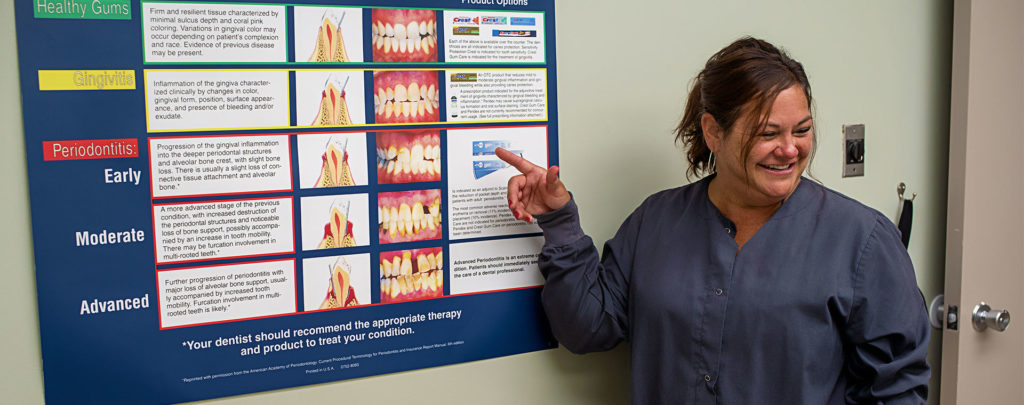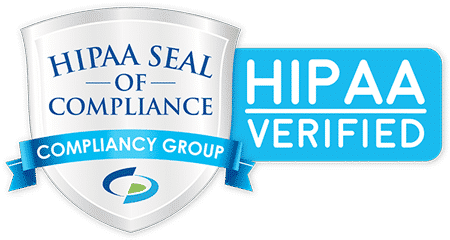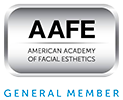What is dry socket?
When you have a tooth removed, you develop a blood clot over the removal site to protect and heal your underlying bone and nerve endings. This clot should stay in place until your gums have healed and your mouth is back to normal.
Sometimes the clot can become dislodged. If that happens, you’ll experience the painful complication known as a dry socket, or alveolar osteitis. Dry socket is uncomfortable and delays healing. It’s important to try and avoid it.
6 tips for preventing dry socket
The blood clot that forms after a tooth removal protects bone and nerve tissue. It also helps your gums heal, so you want it to stay in place until you’ve healed after surgery.
Dry socket usually occurs because something moves or dissolves the blood clot from the socket. Sometimes dry socket occurs when you never develop the blood clot to begin with.
Here are a few ways you can prevent dry socket:
1. Avoid straws
The suction movement of air and cheek muscles when you use a straw may dislodge your blood clot. You should avoid using straws for one week after your extraction.
2. Avoid smoking and tobacco
People who smoke and use tobacco are at a much higher risk of developing dry socket after tooth extraction. One study found that dry socket occurred in 12 percent of people who smoked after a tooth extraction. By comparison, only 4 percent of those who don’t smoke developed dry socket.
The fast inhalation of smoking can dislodge your blood clot. This applies to smoking anything at all, not just cigarettes. That’s because chemicals in other tobacco products may prevent healing and cause an infection.
Reduce your tobacco intake for a couple weeks leading up to a planned surgery. If you need help avoiding tobacco while you recover, or if you’d like to use your dental surgery as a way to kick-start a smoking cessation program, an app may help. Your dentist may also be able to provide resources or help you develop a plan to quit smoking.
If you plan to resume tobacco use after your surgery, ask your dentist or oral surgeon when you’re allowed to start.
3. Soft food
The first day after your surgery, eat only soft foods like applesauce, yogurt, and mashed potatoes. On the second day you can attempt slightly heartier foods but you should return to soft foods if you experience any pain.
Avoid soup, which might cause sucking that may dislodge the blood clot. Also avoid nuts, seeds, crunchy foods such as chips, and sticky foods which might get stuck in your socket.
4. Ask about medication interactions
Some studies show a link between dry socket and oral contraceptives. Ask your dentist if you’re at risk. Other medications may prevent a proper blood clot from forming.
5. Proper oral hygiene
Keeping your mouth clean is one of the most important ways you can prevent dry socket. Oral hygiene helps prevent germs and infection from breaking down the blood clot.
Ask your dentist how to brush your teeth following surgery. They might suggest you simply rinse your mouth the first day and then brush very gently the second day.
It’s possible you may be prescribed an antibacterial mouthwash to use after surgery. Use gauze pads only as directed by your doctor.







